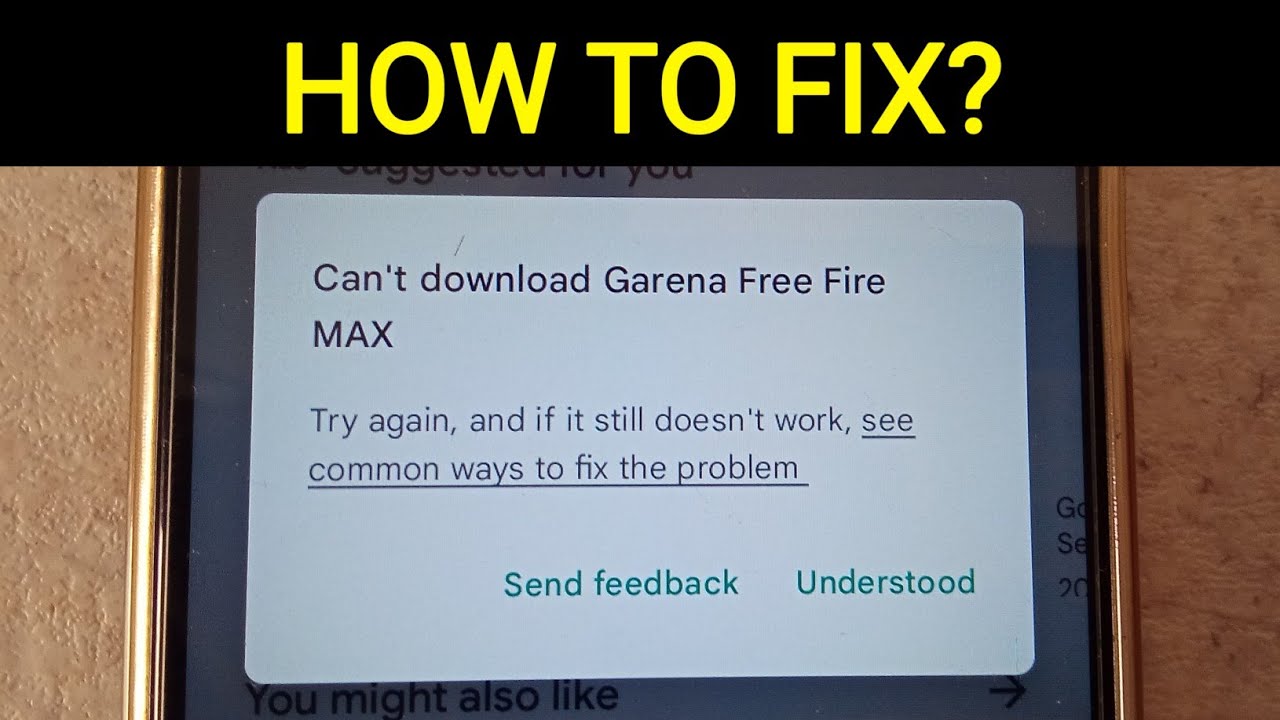Installing apps on your smartphone is usually a straightforward process, but sometimes things don’t go as planned. You might encounter a situation where your phone simply refuses to install apps, leaving you frustrated and puzzled. This blog post will explore the various reasons why your phone might not be allowing you to install apps and offer solutions to resolve these issues.
Understanding the Basics of App Installation

Before diving into the potential problems, it’s essential to understand the basic process of installing apps on your phone. Whether you’re using an Android or an iOS device, the process typically involves installing an app from an app store (like Google Play or Apple App Store) and installing it on your device. However, several factors can disrupt this seemingly simple process.
Common Issues and Solutions
1. Insufficient Storage Space
One of the most common reasons why your phone may not allow you to install apps is insufficient storage space. Smartphones have a limited amount of storage, and once it’s filled up, you won’t be able to install or install new apps.
Solution:
- Check Available Storage: Go to your phone’s settings and check how much storage space is available. If you’re running low, consider deleting unnecessary files, photos, videos, or apps.
- Clear Cache: Sometimes, cached data takes up significant space. Clearing the cache can free up space and allow you to install apps.
- Use Cloud Storage: Move some of your data, like photos and videos, to cloud storage to free up space on your device.
By managing your storage wisely, you can ensure your phone always has enough space to install apps.
2. Compatibility Issues
Another common issue is compatibility. Some apps are designed to work only with specific operating systems or hardware configurations. If your device does not meet these requirements, you may find that you’re unable to install apps.
Solution:
- Check app requirements: Before attempting to install an app, check its compatibility requirements. These can usually be found in the app’s description in the app store.
- Update Your Operating System: If the app is not compatible with your current OS version, consider updating your device to the latest version available.
Ensuring compatibility will help you avoid issues when trying to install apps on your device.
3. Corrupted or Incomplete installs
Sometimes, the problem lies in the app itself. If an app’s install is interrupted or corrupted, it may not install correctly on your device.
Solution:
- Re-install the app: delete the corrupted file and try installing the app again.
- Use a Stable Internet Connection: Ensure that you are connected to a reliable Wi-Fi network during the installl to avoid interruptions.
By ensuring a stable install process, you can minimise the chances of encountering issues when you try to install apps.
4. Software Glitches and Bugs
Software glitches and bugs can also cause your phone to malfunction, preventing it from installing apps. These glitches may occur due to various reasons, such as a faulty update or a problem within the phone’s software.
Solution:
- Restart Your Device: A simple restart can often fix minor glitches and bugs. After restarting, try to install the app again.
- Clear Cache Partition: For Android users, clearing the cache partition can resolve many software-related issues. This can usually be done from the recovery mode.
- Perform a Software Update: Check if there’s a software update available for your device. Updates often include bug fixes that can resolve installation issues.
Regularly maintaining your device’s software can help you avoid problems when you attempt to install apps.
Advanced Issues and Solutions
5. Security Settings and Permissions
Your phone’s security settings might prevent you from installing apps, especially if they are from unknown sources. Both Android and iOS have built-in security measures to protect users from potentially harmful apps.
Solution:
- Enable Installation from Unknown Sources: If you’re trying to install an app from outside the official app store, you’ll need to enable this option. On Android, this can be done by going to Settings > Security > Unknown Sources. On iOS, jailbroken devices have similar options, but it’s generally not recommended due to security risks.
- Check App Permissions: Some apps require specific permissions to be installed. Make sure you have granted all necessary permissions.
By adjusting your security settings carefully, you can install apps while keeping your device safe.
6. Corrupted SD Card
If you’re using an SD card to store apps, a corrupted SD card can prevent your phone from installing apps.
Solution:
- Check the SD Card: Remove the SD card and try installing the app on your phone’s internal storage. If it works, the issue may lie with the SD card.
- Format the SD Card: If the SD card is corrupted, formatting it might solve the problem. However, be sure to back up your data first.
Maintaining a healthy SD card ensures that you can install apps without any issues.
7. Device restrictions and parental controls
Some devices have restrictions or parental controls enabled that can prevent app installation. These settings are usually put in place to restrict content for younger users or to prevent unauthorised changes.
Solution:
- Check for Restrictions: Go to your phone’s settings and check if any restrictions or parental controls are enabled. Disable them temporarily if necessary.
- Use a Different Account: If you’re using a shared device, make sure you’re logged in with an account that has the necessary permissions to install apps.
Managing these settings properly allows you to install apps freely while maintaining control over your device’s content.
Network-Related Issues
8. Slow or Unstable Internet Connection
A slow or unstable internet connection can cause issues when installing or installing apps, as the app data may not be installed correctly.
Solution:
- Switch to a Stable Connection: If you’re on a mobile network, try switching to Wi-Fi for a more stable connection.
- Restart Your Router: Sometimes, the issue may lie with your router. Restarting it can improve your connection speed.
Ensuring a stable and fast internet connection is crucial for smooth app installation.
9. App Store Issues
Sometimes, the problem isn’t with your device but with the app store itself. Maintenance or server issues on the app store’s side can prevent you from installing apps.
Solution:
- Check App Store Status: Visit the app store’s official website or social media channels to check if there are any ongoing issues.
- Try Again Later: If the app store is experiencing issues, the best solution may be to wait and try installing the app later.
Being aware of app store issues can save you from unnecessary troubleshooting when trying to install apps.
Conclusion
Encountering issues when trying to install apps can be frustrating, but understanding the potential causes and solutions can help you resolve these problems quickly. Whether it’s a simple issue like insufficient storage space or a more complex problem like software glitches, there are solutions available to help you get your apps installed without hassle.
By keeping your device updated, managing storage, and ensuring compatibility, you can prevent many common issues that prevent you from being able to install apps. Always remember to install apps from trusted sources and maintain your device’s security settings to protect your phone from potential threats. By following these tips and solutions, you can ensure that your device remains ready and able to install apps whenever you need them.

